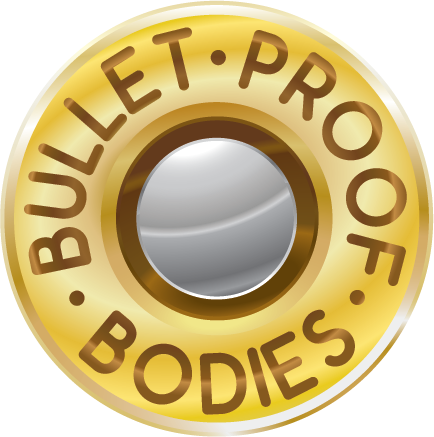Setting yourself long-term goals is most likely the best and most sustainable way to improve your level of performance and reaching your training peaks. Don’t be hasty and take the time needed to master the basics before building upon them. It’s logical, we all know it, and yet, a lot of CrossFit wod and powerlifting movements are too often performed poorly… So don’t undermine the importance of using suitable weights that allow progress in technique and mobility. And you’ll see the corrective nature of the movements will unquestionably workout to your advantage.
Strength and powerlifting are really important in any CrossFit wod, and you can definitely see it from the athletes performing at the CrossFit games. The movements are based on essential movement from Powerlifting, Olympic weightlifting and specific CrossFit movements that you need to know and perform with proper form. Some people also want to work on them in bodybuilding because it is crucial to increasing strength & performance (through efficiency) and improving technique to remain injury-free. Even through hundreds of CrossFit wod or after a lifetime of bodybuilding, one should remain injury free.
So we recommend working on your powerlifting basics first: The Deadlift & Squat!
The Deadlift: As rudimentary as can be, bending down and picking stuff up the ground is probably the simplest and most used exercise in the world. Anyone training or weight lifting will want to incorporate it in their gym routine to maximize strength, and anyone who doesn’t train still do it every time they lift something off the floor. Nonetheless, going heavy should be done with a sound and appropriate technique.
The Squat: The back squat, front squat and overhead squat are all compound movements that are essential to develop powerlifting strength as well as technique and stability. These skills are also transferable to the other Main Olympic Lifts, making them even more important in a typical CrossFit wod.
(Includes the Clean & Jerk, Snatch, Press, Kettlebell work, etc.)
Set-up properly (good mechanics):
Mobilize your core before even looking at the bar. The spine always needs to be in good position before you can transfer force. Simple, but most of us don’t ever do it.
I’ll admit this is close to impossible while in a CrossFit wod because the weight lifting is usually relatively light and the rep count really high, but in powerlifting, bodybuilding or at the CrossFit games when the weights get really heavy, you’ll see the athletes set up a lot more.
TIP: Standing up, squeeze your glutes to organize your core section and make sure you don’t overarch your back. Then tighten you abs, breath in just a bit, retighten you abs a little more and only then reach the bar for the lift.
Visualize each rep:
Visualization helps to prevent mistakes, increases focus and helps to build on good muscle memory. If you set up properly and visualize staying tight throughout the movement, you will definitely lift better while reducing the risk of injuries. This is done in practice and prepares you for competition, so that when you are at your training peaks, you get there with good technique, body mechanics, mobility and posture.
Warm up, don’t fatigue:
Wake up you muscles and don’t get exhausted with weight lifting volume that will limit your immediate strength and make you fall off your training peaks. A good example would be to do hip raises (or bridges) to make the glutes more responsive before performing your deadlift. Box jumps before squats are also good practices.
Push the ground:
Keep in mind to push the ground instead of lifting the bar. It improves stability and keeps your whole body engaged, squeezing the abs and glutes to widen the gap. This is especially true in powerlifting or bodybuilding when the weights get heavy.
Work on your weaknesses:
This is why we do it! Ideally, you’d want to maintain what you’re already good at and work on your weaknesses: Technique, strength/power, cardio/endurance, range of motion/flexibility/mobility, etc.
Seek, Target and Resolve!
We strongly recommend concentrating on these three aspects in training, using sound and logical data to do so: Technique * Power * Endurance
1. TECHNIQUE: Learning appropriate training patterns and muscle memory:
2. POWER: Lifting faster and heavier:
3. ENDURANCE: Owning the physical and mental resilience to keep going.
Want to see more quality articles and videos, visit us at: http://crosstrain.zone/ & keep training to be the best you can be!
Article Source: http://EzineArticles.com/expert/F._Foley/79221
Article Source: http://EzineArticles.com/9107384
Video:
https://www.youtube.com/user/CrossFitHQ

